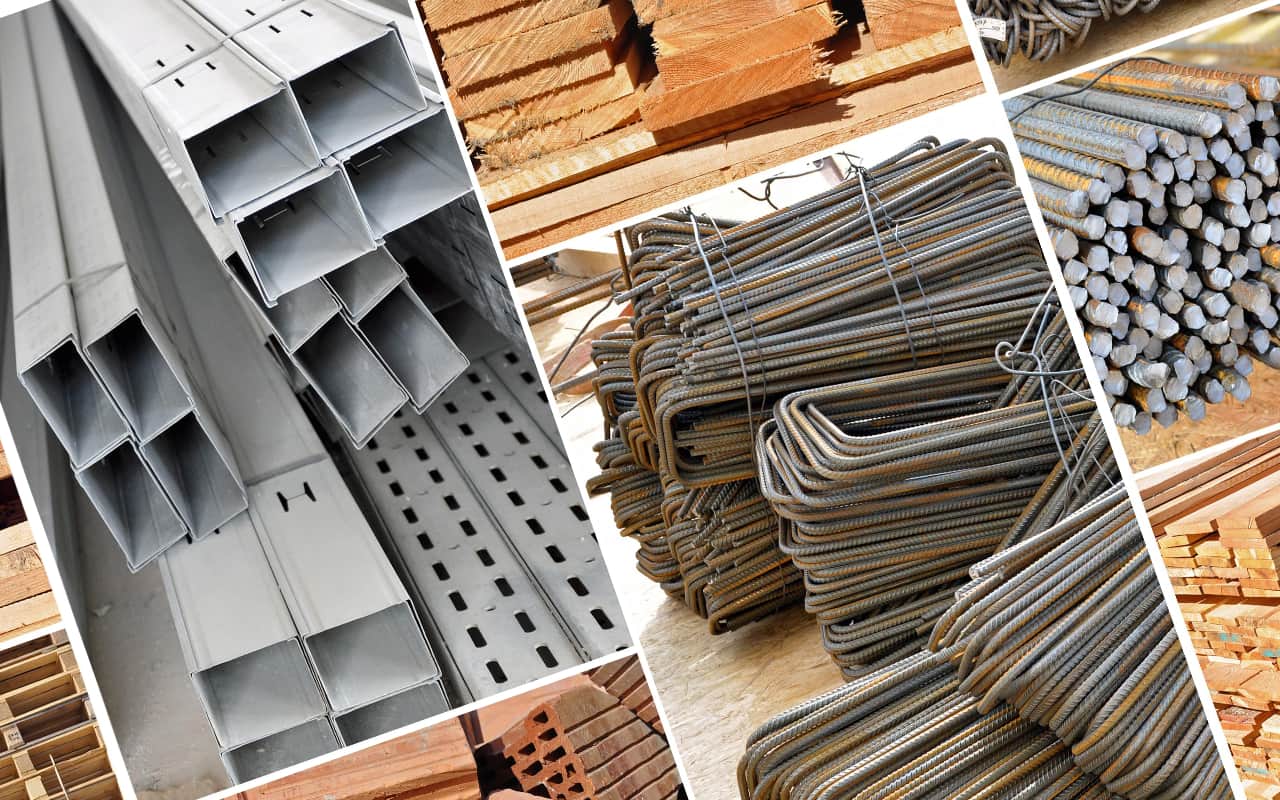When it comes to building construction, fire safety is a critical consideration. Fires can cause significant damage to buildings, endanger occupants, and even result in loss of life. Therefore, it is essential to use fire-resistant building materials to minimize the risk of fire and its consequences. In this article, we will discuss what building materials are fire-resistant and how they can help improve the safety of buildings.
- Fire-Resistant Materials for Structural Components:
Structural components, such as walls, roofs, and floors, are the most critical parts of a building. Fire-resistant materials for these components include concrete, brick, and stone. These materials have high thermal mass, which means they can absorb and retain heat without igniting. Additionally, they are non-combustible, which means they do not burn or contribute to the spread of fire. - Fire-Resistant Materials for Insulation:
Insulation is essential for maintaining a comfortable indoor environment and reducing energy consumption. However, traditional insulation materials, such as fiberglass and foam, are highly flammable and can contribute to the spread of fire. Fire-resistant insulation materials, such as mineral wool and cellulose, are made from non-combustible materials and can withstand high temperatures without igniting. - Fire-Resistant Materials for Exterior Cladding:
Exterior cladding is the outermost layer of a building and is responsible for protecting the building from the elements. However, it can also contribute to the spread of fire if it is made from flammable materials. Fire-resistant cladding materials, such as metal, fiber cement, and brick, are non-combustible and can help prevent the spread of fire. - Fire-Resistant Coatings and Treatments:
In addition to using fire-resistant building materials, coatings and treatments can also be applied to existing materials to improve their fire resistance. For example, intumescent coatings can be applied to steel structures to protect them from fire. These coatings expand when exposed to heat, forming a protective barrier that insulates the steel and prevents it from reaching its critical temperature.
Conclusion:
Building materials play a critical role in fire safety, and it is essential to use fire-resistant materials to minimize the risk of fire and its consequences. Fire-resistant materials for structural components, insulation, exterior cladding, and coatings and treatments can help improve the safety of buildings. By using these materials, building owners and occupants can have peace of mind knowing that their building is better protected against the threat of fire.

